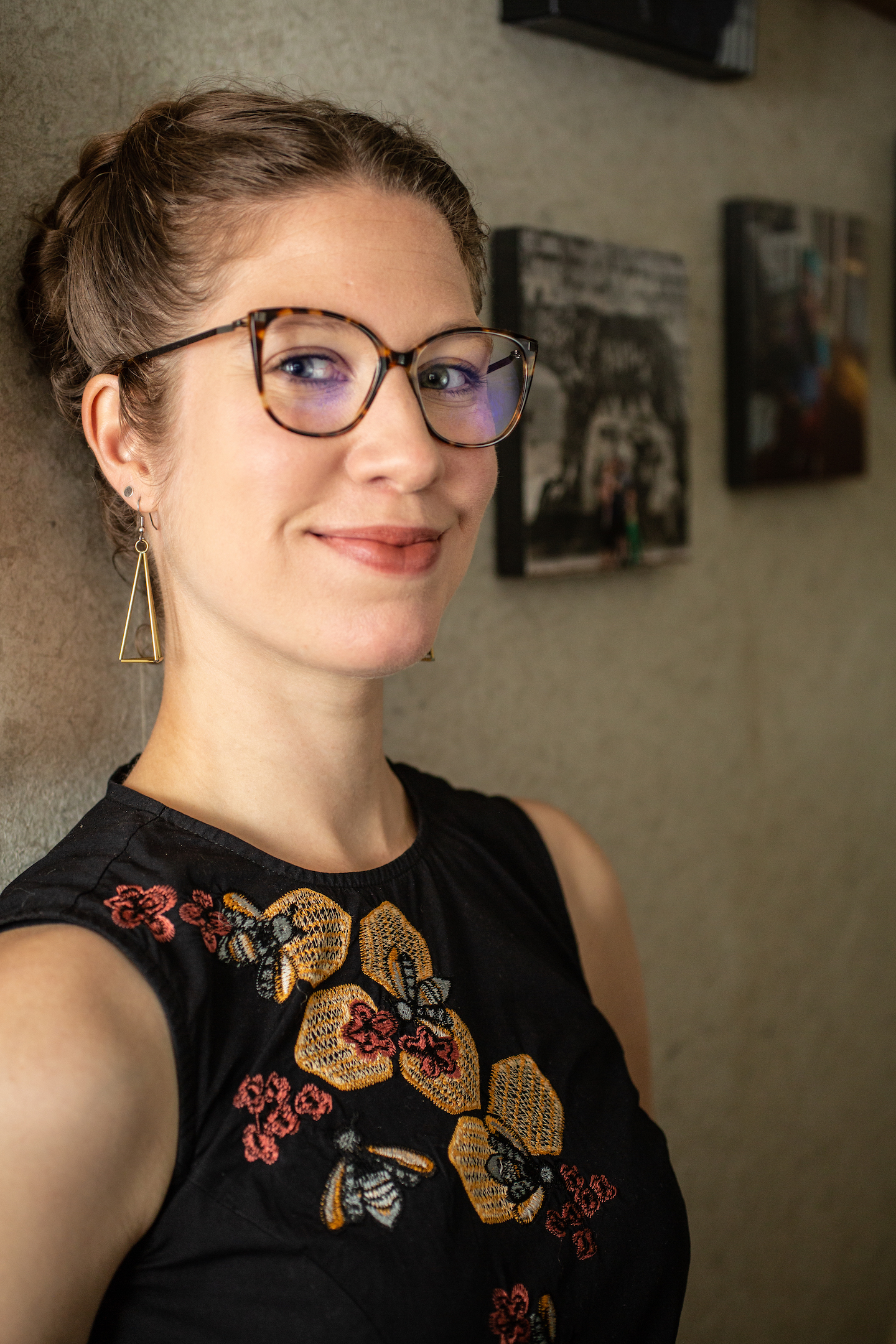Interview with Evanston Art Center Board Member: Elena Gonzales

Your newly released book, Exhibitions for Social Justice, discusses how museums have the power to enrich their communities. Was there a specific moment that made you realize the power museums have to change to our communities?
I would say there were two moments. One was when I was a high school student working on my Metro History Fair project. I was doing research in the library of the Field Museum, and I discovered that this was truly a passion project for those who started the museum and convinced Field to fund it. Look where it is today! Then, when I was working at the National Museum of Mexican Art in Chicago, I had the opportunity to work on The African Presence in México, a large project involving three exhibitions, one of which I curated. I saw this project open the eyes of staff members and visitors alike to our Mexican and African shared history. My own idea of my own family was forever changed by that project, and I know many others had similar experiences.
Have you always been a writer? How did you discover your passion for writing?
My father, Laurence Gonzales, has made his living as a freelance writer for over fifty years, and my mother, Carolyn Lorence, was a librarian and a fierce editor. So I grew up in a home that was utterly passionate about the written word and books in particular. I didn't give much thought to writing a book of my own until I began to try to discern what my path would look like after earning my doctorate, but I have always communicated best in writing. Whatever I do, writing is always a part of it. As a little girl, I kept a journal from before I could write. And I still keep one. Actually four: one for each of my two children, one for myself, and a one sentence a day one for the family.
You have worked with and curated exhibitions for varied museums including Chicago’s National Museum of Mexican Art (NMMA) and Brown University’s Haffenreffer Museum of Anthropology. Did working with these museums motivate or inspire you to write this book?
Working at the NMMA solidified my plan for my doctorate - to study and write about curatorial work for social justice. It convinced me that this work is possible and prevalent. Once I got my sea legs at Brown, I began thinking of the possibility of a book. All of the other curatorial work I've done, at the Haffenreffer and elsewhere, has been a laboratory for me to test out ideas that I have studied and wanted to discuss in the book. Every time I encounter excellent curatorial work for social justice, it inspires me to stay engaged with this topic and motivates me to keep sharing that work as widely as possible.
What was the most surprising part of researching and writing your book?
I was very surprised to find that museums working for social justice want to inspire visitors to take action, but they often don't plan for this or evaluate on it. Consequently, there is very little published research on inspiring visitors to take action through museum visits. I did a great deal of new research on this for the book and continued to be surprised to find that people do take action, that action can be extremely consequential and snowball into much greater action, and people even take action decades after a museum visit in ways that relate back to that visit.
What would you say to people who might dismiss a museum as a dusty collection of antiques?
There are 80,000 museums in the world, and some of them are dusty collections of antiques. But an increasing number of them are doing very important work. Some people call museums the third leg on the stool of education, with the idea that the other legs are families and schools. That's how important museums are to the way we understand our world. Museums have been responsible for supporting and maintaining ideas that have been extremely troublesome, such as white supremacy. Now is the time for museums to use their power to change those ideas and work for justice.
ABOUT CONCENTRICS

Concentrics is a quarterly interview series featuring EAC Exhibiting Artists, Faculty Members, Board Members and Students.
Find out how our faculty and board members started at EAC and why our students love it here. We want to give you a look into the community that makes up the Evanston Art Center!

